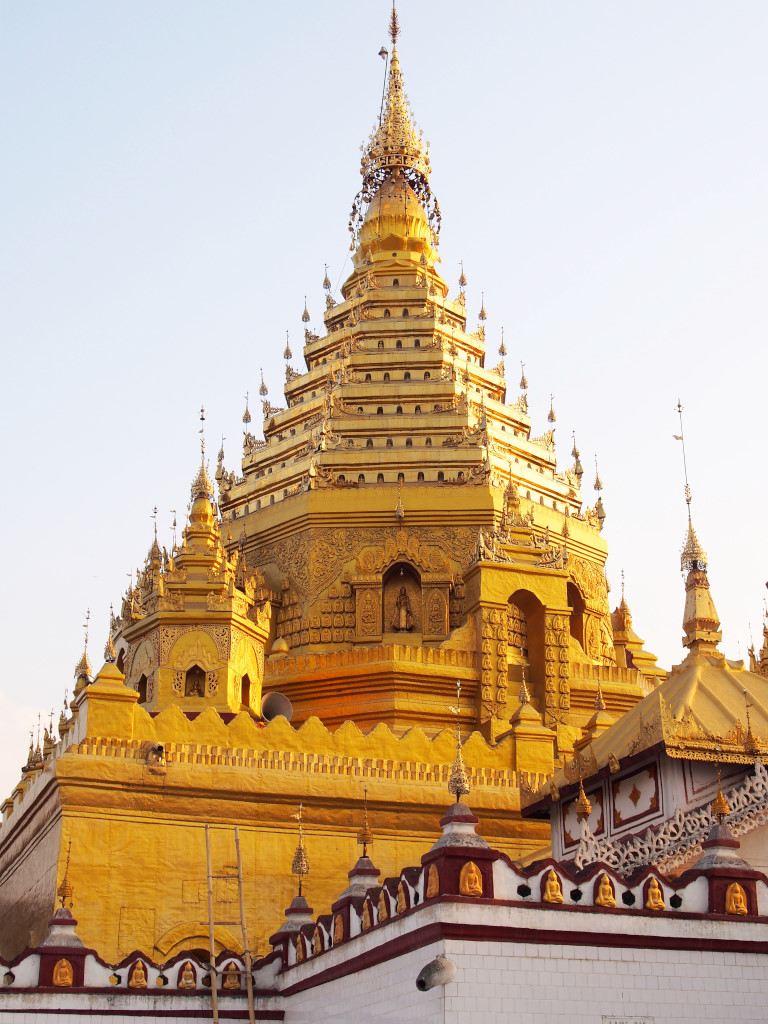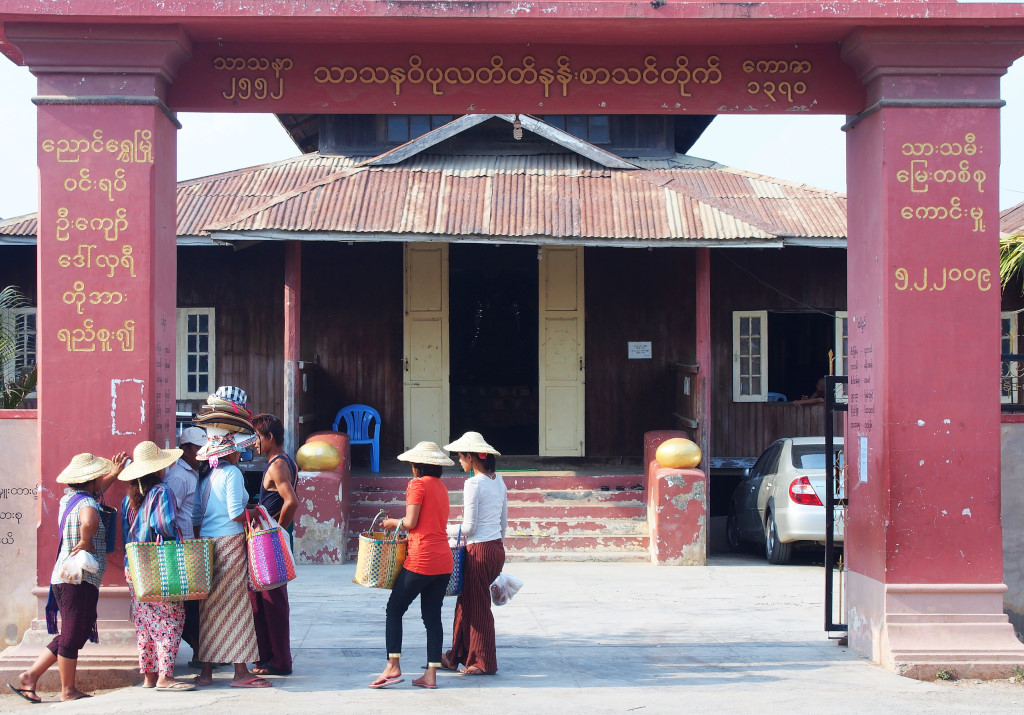April 10th, 2015
Dawn arrives in fits and starts, but I am awake even before the first rays of the new day light up the sky. Which would suggest that I actually slept during the night time bus ride, an amazing enough concept in my case.
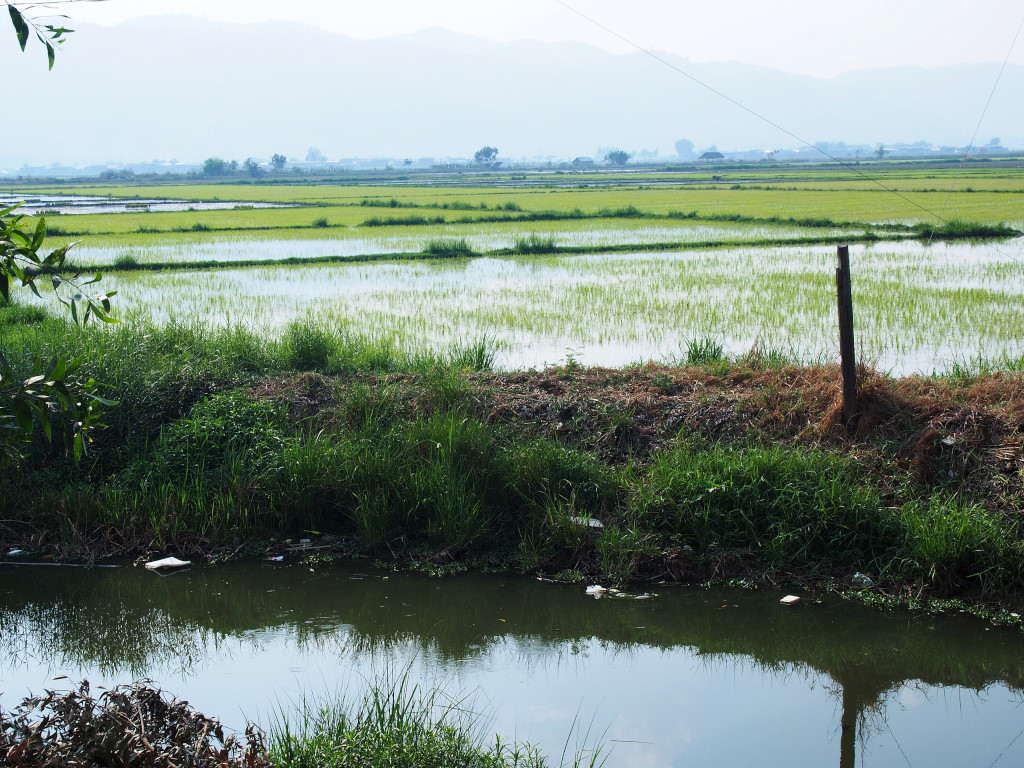
I really should capture some of the images of this dramatic countryside on my camera, but that would be just a tad difficult on this serpentine road, particularly given how exhausted I am. Mists rise above the sepia ridges lined with straggling pines and clusters of giant bamboo, the rising light revealing a barren and poorly tended land, clusters of straggling houses lining the roadside and not much beyond.
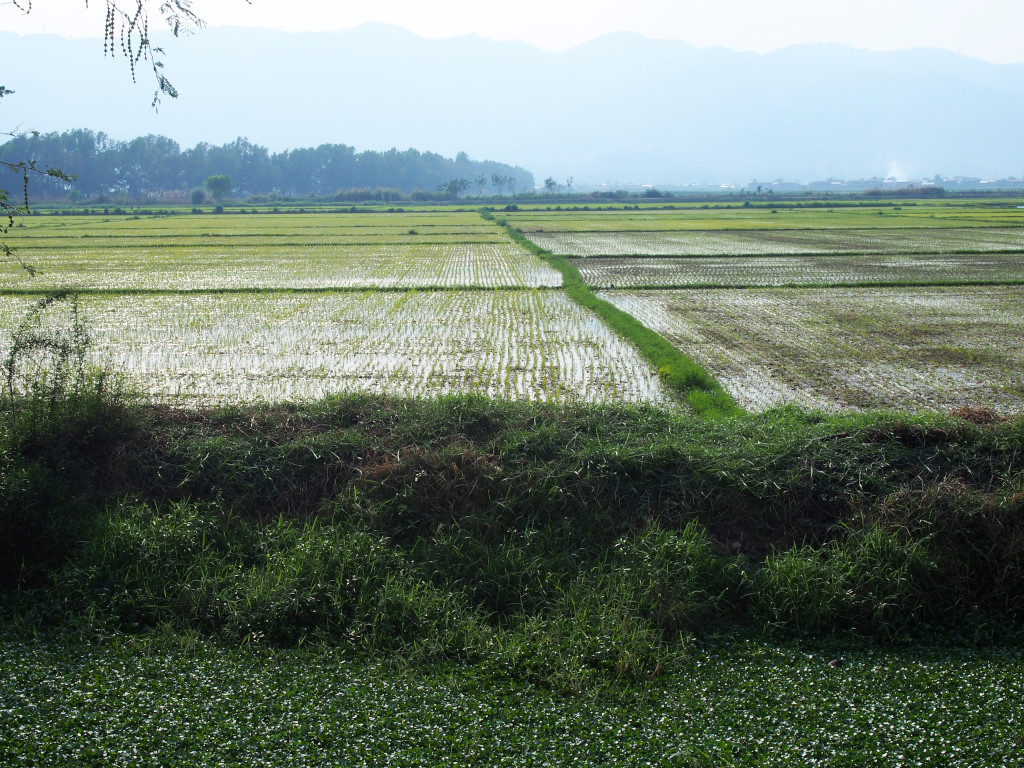
Despite not being that far from Taunggyi, the bus pulls into a roadside eatery for half an hour, the idea of eating in this cold somewhat difficult to comprehend.
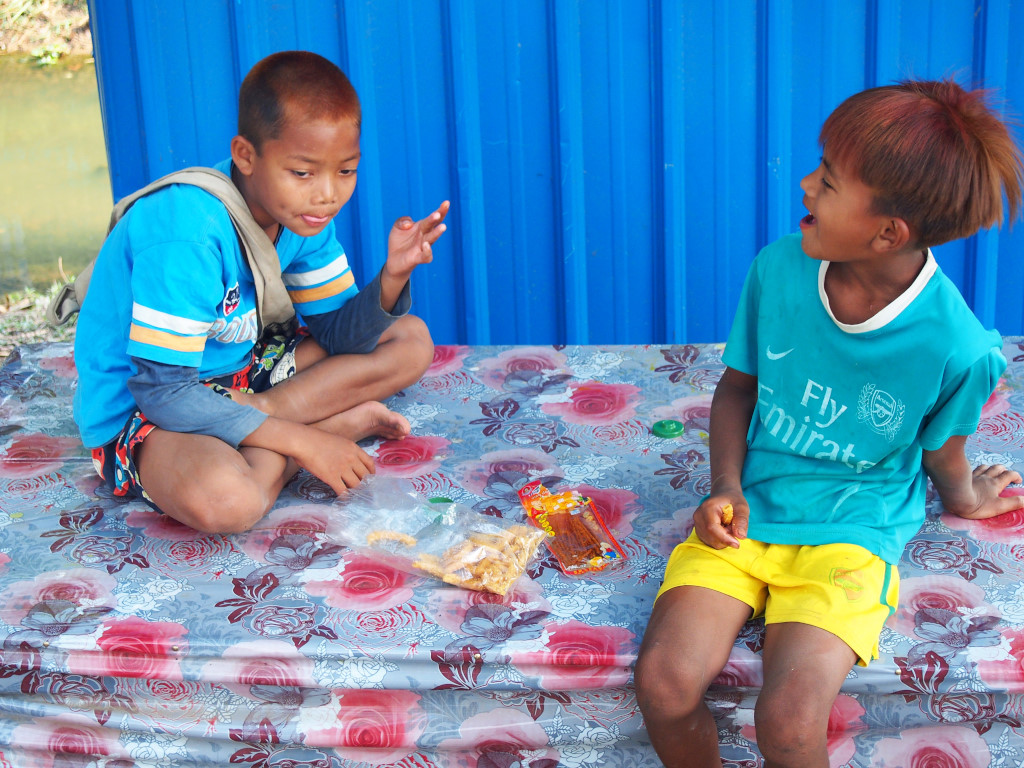
In Shwenyaung, I stumble off the bus into the hands of transport touts very motivated to take me to Nyaungshwe for a generously priced fare, which I decline, momentarily more interested in taking a breather and letting my upset stomach settle somewhat.
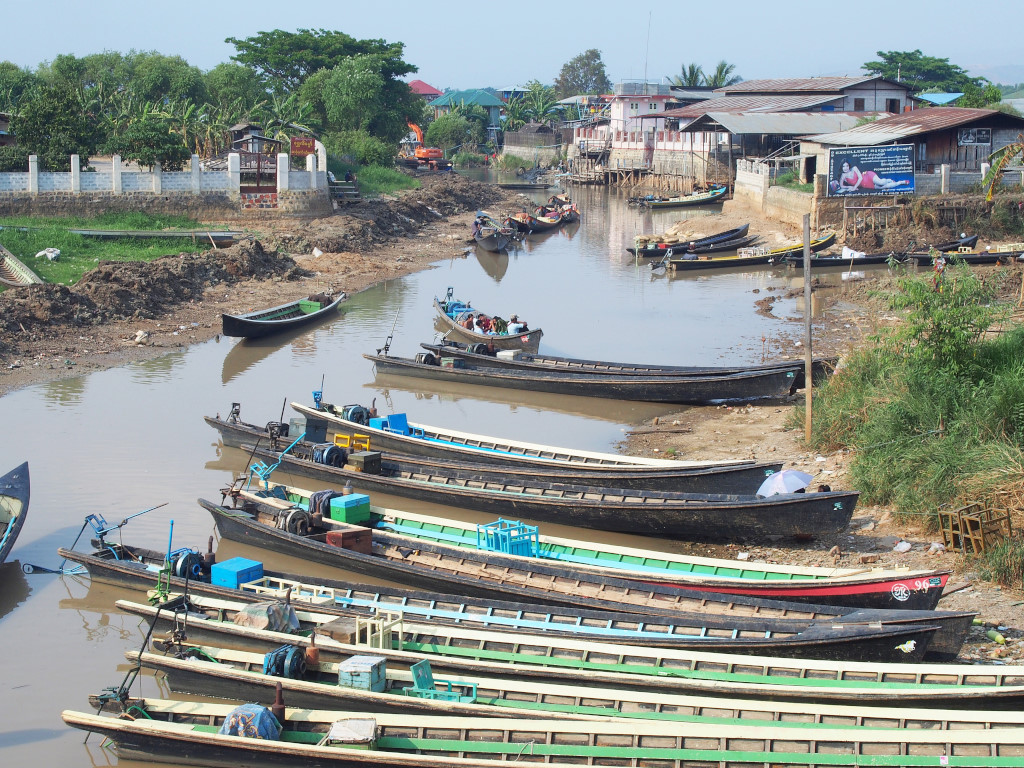
The tea shop across the way offers deep-fried paratha, the young Shan local rolling the small balls of dough out using an empty 7-Up bottle, then tossing the resultant tube-flattened pancake into a vat of boiling oil. A similar preparation and dough is used to create the typical local youtiao, served with a dollop of lightly curried chickpeas amended with finely chopped onion and cilantro.
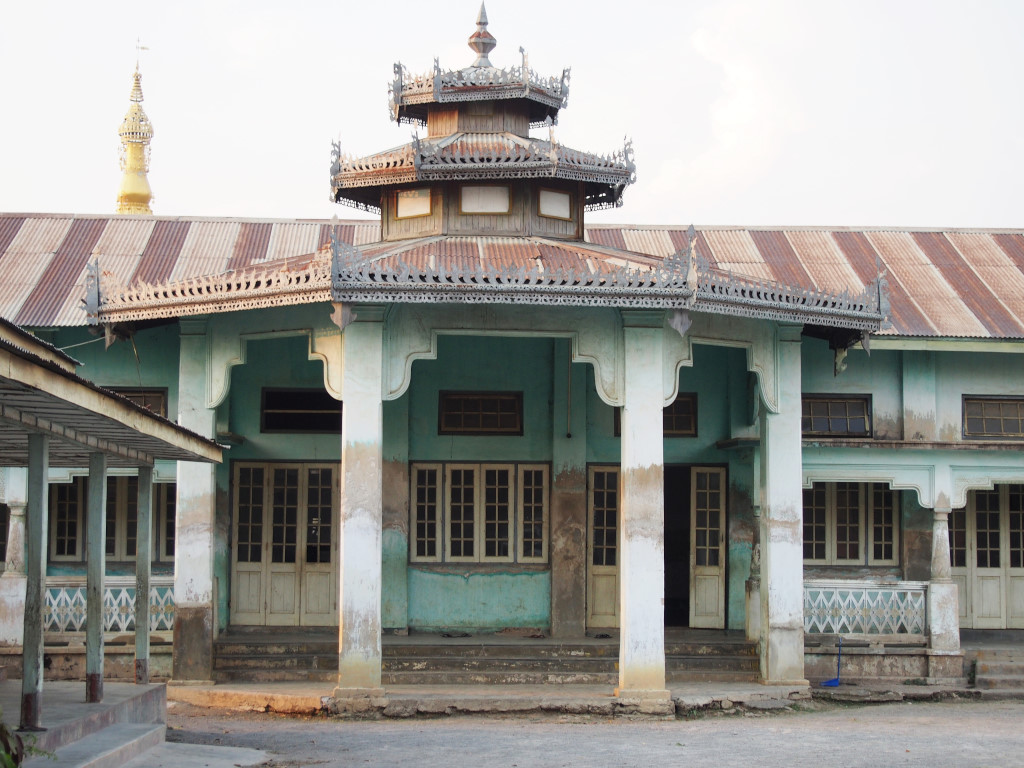
While the taxi drivers have backed off, the shared transport drivers feel compelled to charge me twice the going rate, and are not particularly discrete about it, either. Come to think of it, I am not getting a particularly welcoming sense from anyone here at the moment, although I am really too tired to care. Then again, when were tourist traps any different …
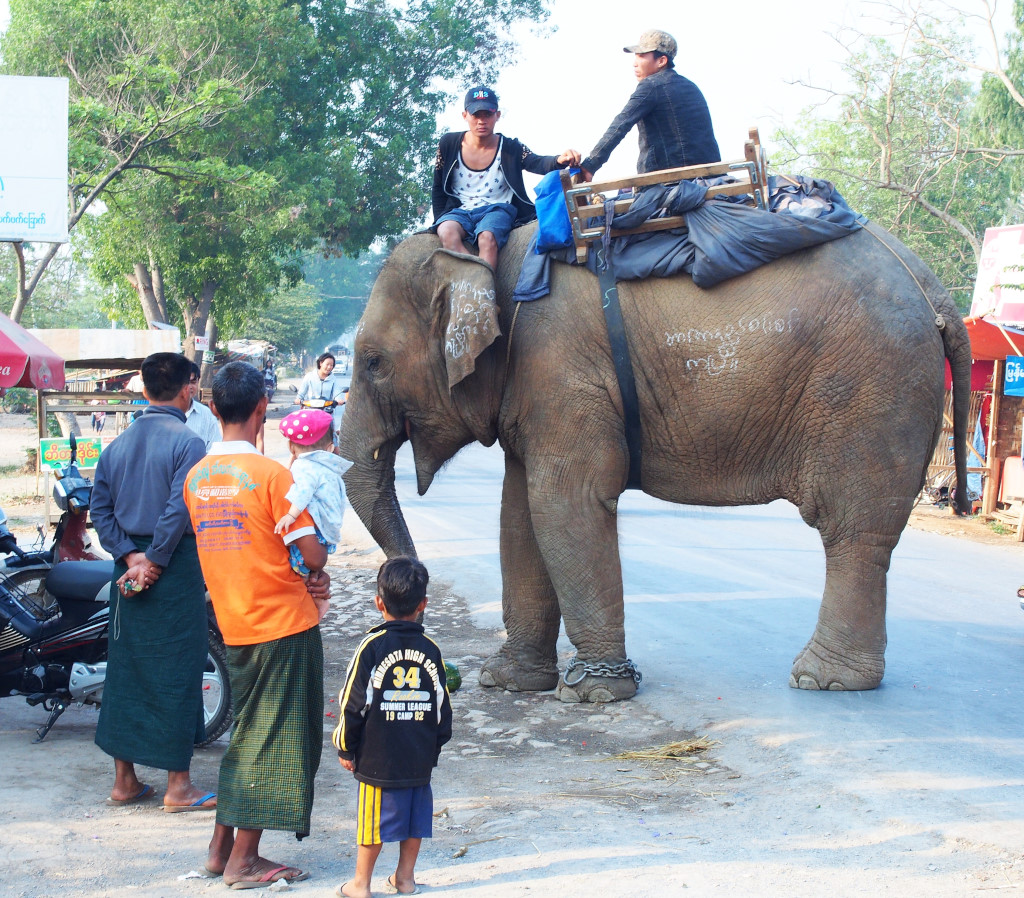
Momentary diversion is offered by the two young men riding by on an elephant, advertising their circus, but finally a shared pickup arrives willing to take me all the way into Nyaungshwe for a mere 500 kyat.
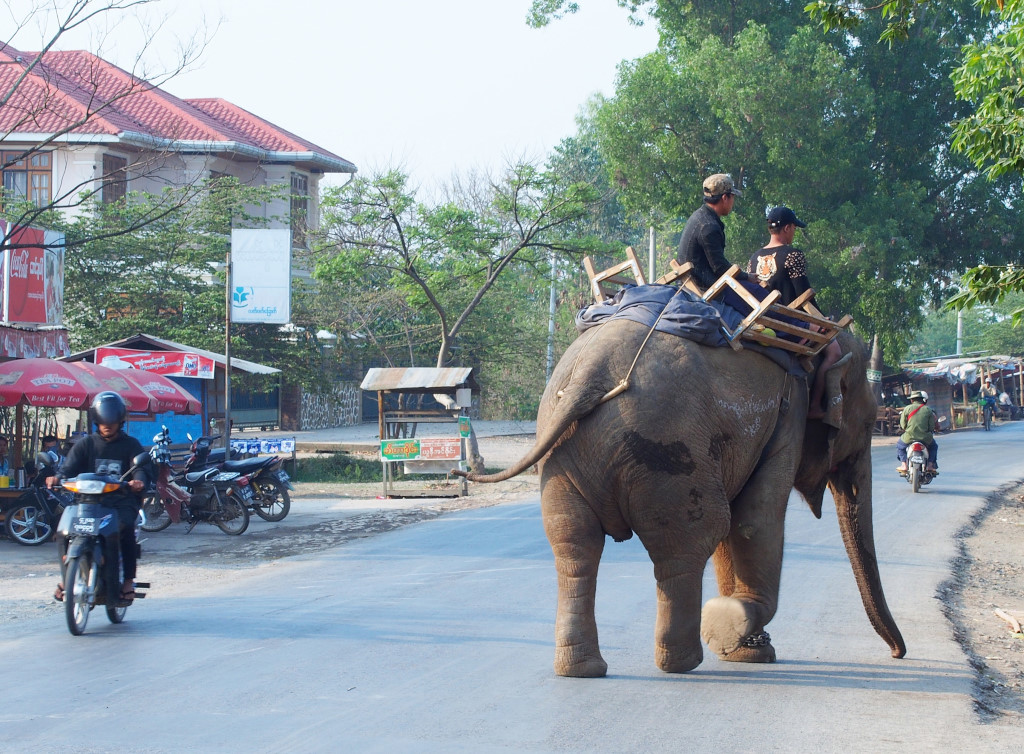
Nyaungshwe itself is simple and somewhat characterless, but full of mid-range hotels set on a grid pattern adjacent a canal that leads to the lake that is the star attraction in the region. The Inlay Palace hotel set in the depths of the dusty town may not be the world’s most memorable hotel, but it is functional and private, the rooms set over three levels facing a narrow courtyard, with the spacious airy rooftop terrace dedicated to serving breakfast.
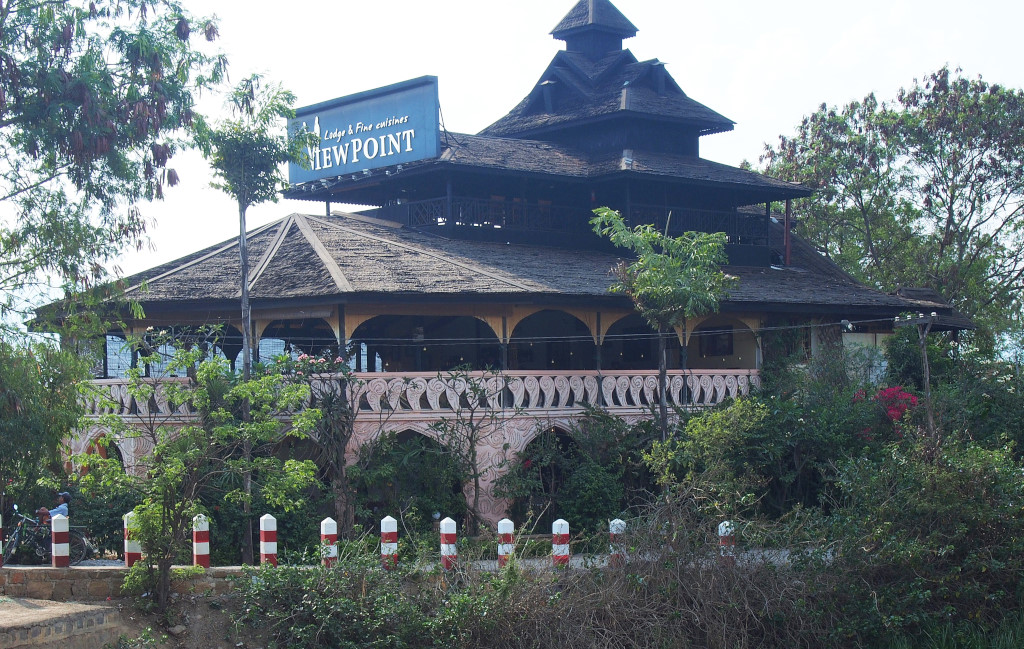
The rooms themselves are somewhat cramped, with twin beds, a chest, a well-functioning air conditioning unit hanging over the door, somewhat too far from the beds, a fridge, surprisingly good wifi, good lighting, and large windows.
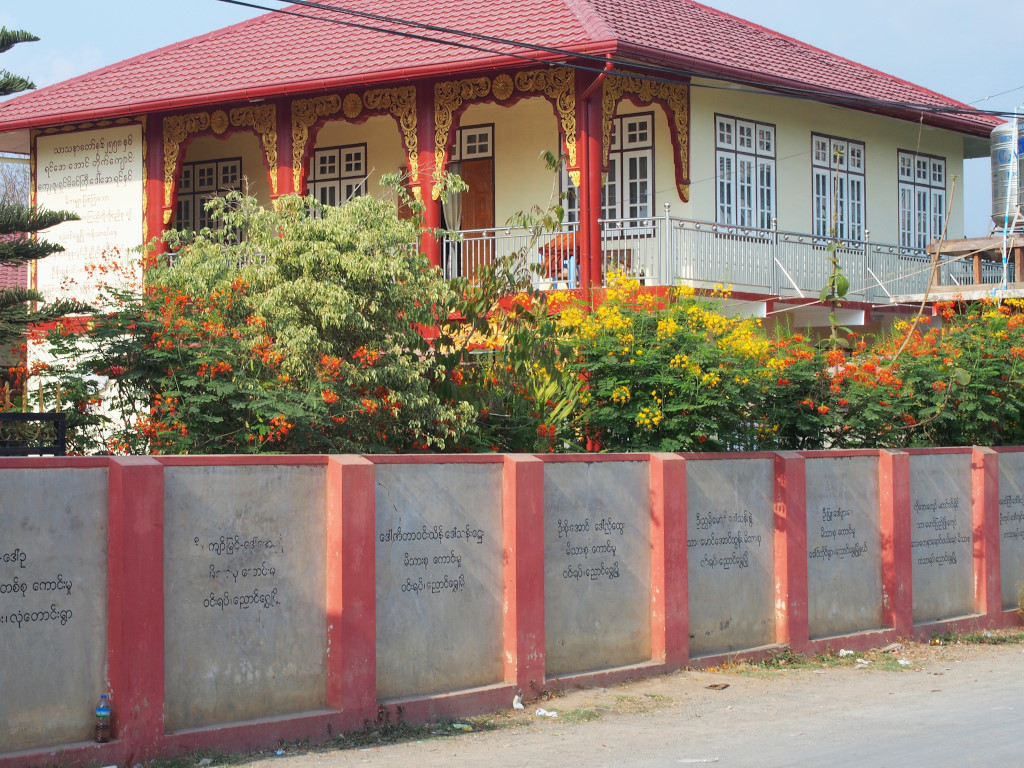
I am quickly tossed out of the first room on the second floor due to apparently electrical problems. No matter … all I can do is collapse onto the bed and sink into a deep sleep, shaking off the deep exhaustion from having spent the night on the bus.
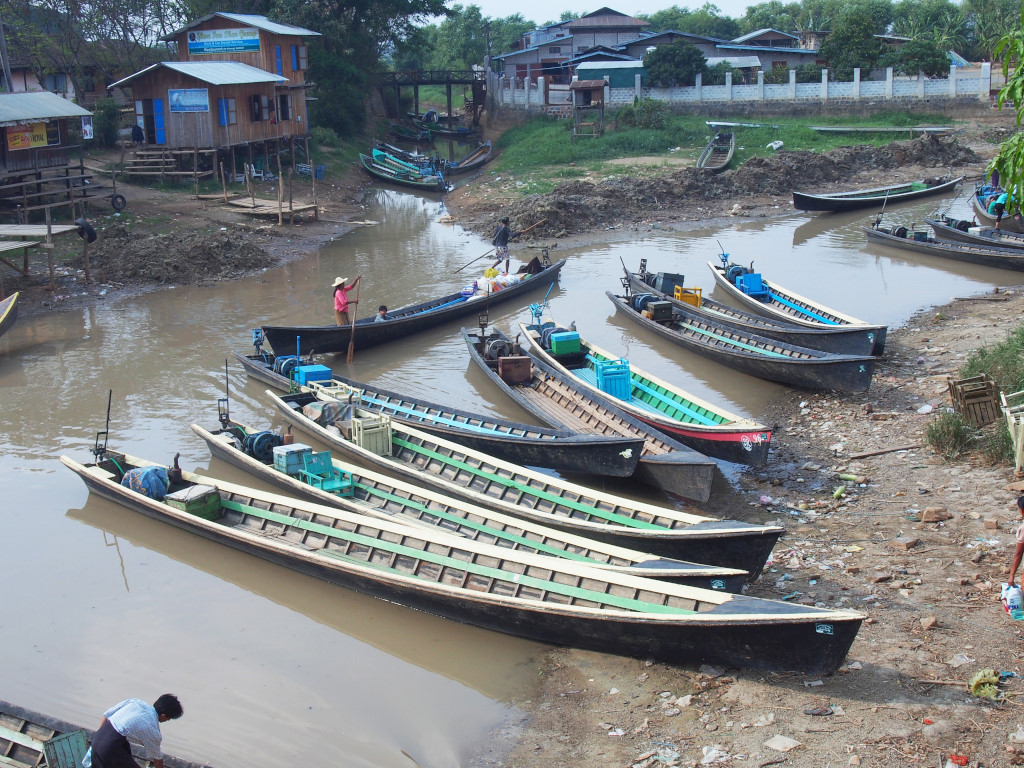
By the early afternoon, I rouse myself out of my stupor, then wander down the main street, looking for a suitable place to drink a coffee, although the only establishment amidst the pleasant and somewhat abandoned accommodation is ‘The French Touch’, a hip Gallic establishment. The place offers a fusion of Asian and French specialties with fashionable orange plush deck chairs on an open patio, and artistic black photos adorning the woven orange bamboo siding.
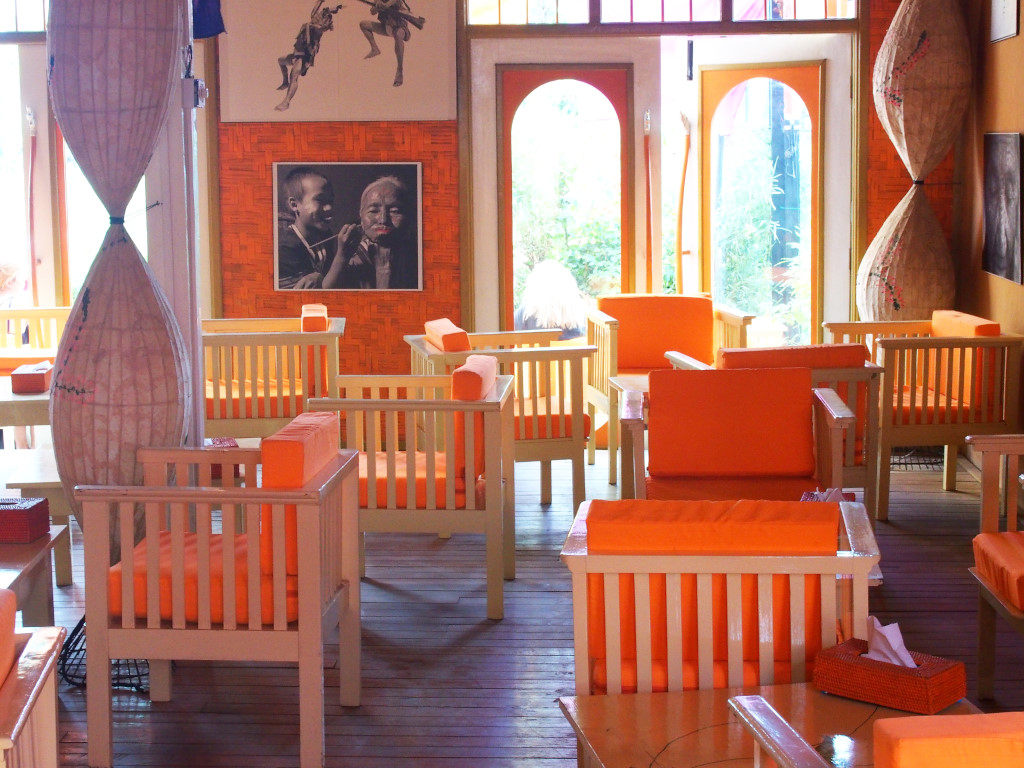
The substantial prices are just a bit too generous for my liking, motivating me to move on to a humbler setting, where the black coffee is admirable. Other than some French camped out at an adjoining table and a young Dutch man at the back, there is no one left to exchange travel stories with.
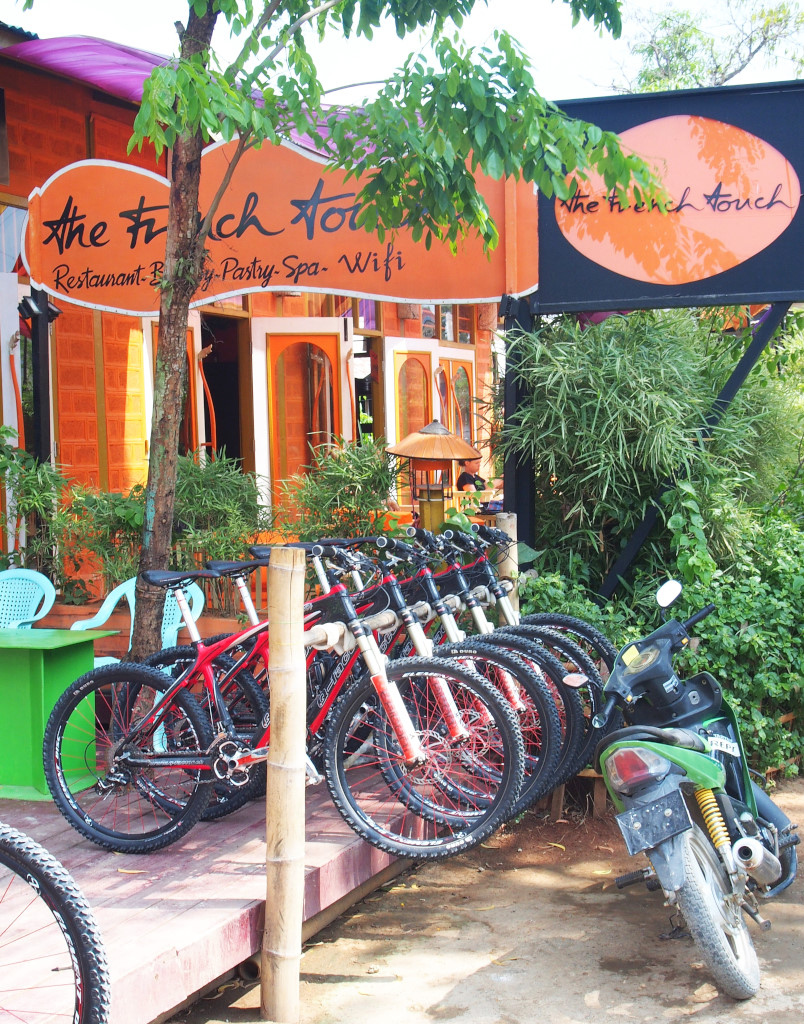
The young man with a mop of curly hair crowning his big smile is on his first trip overseas, thoughtfully elaborating on the pros and cons of each place he has visited and will be visiting, expressing a degree of insight and consideration that is surprising for his age – or perhaps reflects the sophistication of his home city of Amsterdam.
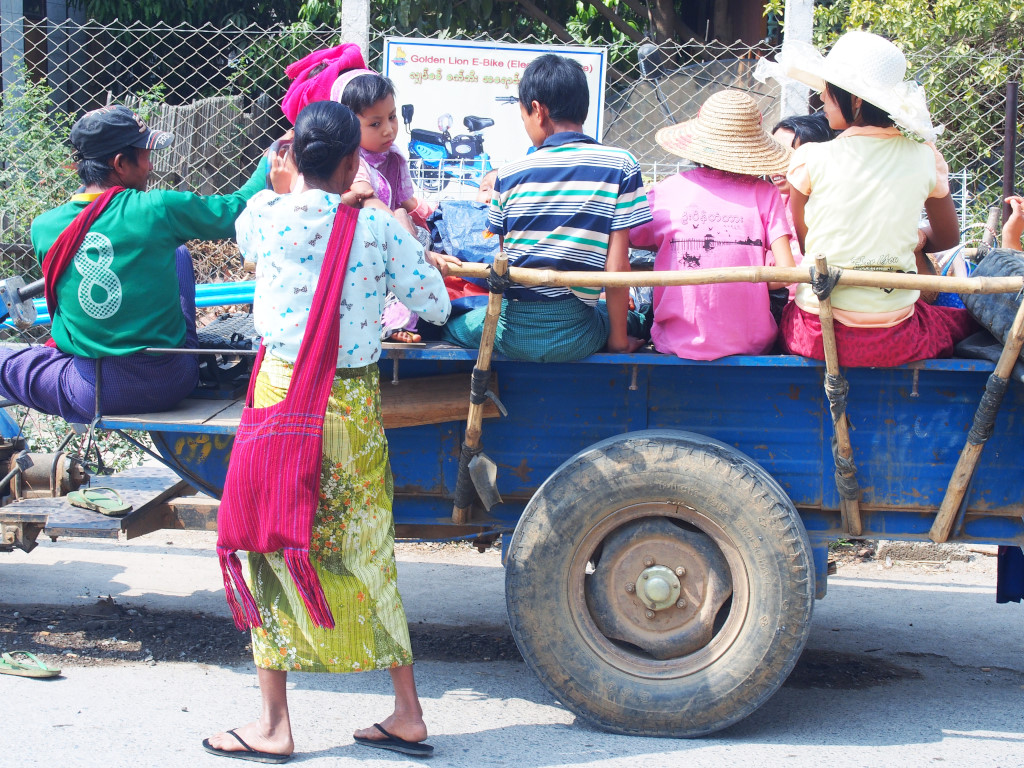
Plenty of photo opportunities present themselves as the straw-hatted locals pass in and out of the village on their respective vehicles, usually of the more modest kind and very overloaded, the more people crammed on the vehicle, the happier everyone seems to be.
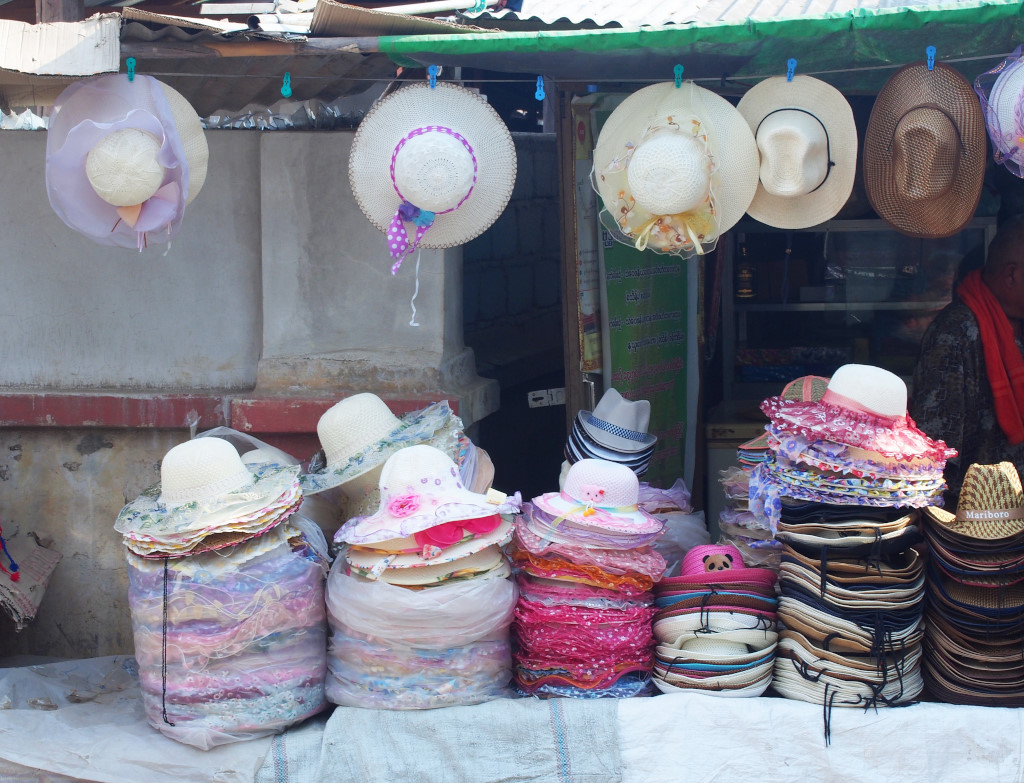
The canal leading to the lake is the real focus on the town, now choked with empty long boats that have presumably returned for the day – or perhaps never left. Further along the canal, some boats are still laden with locals boarding boats for their outbound journey, the bulk of whom are presumably returning to their respective villages.
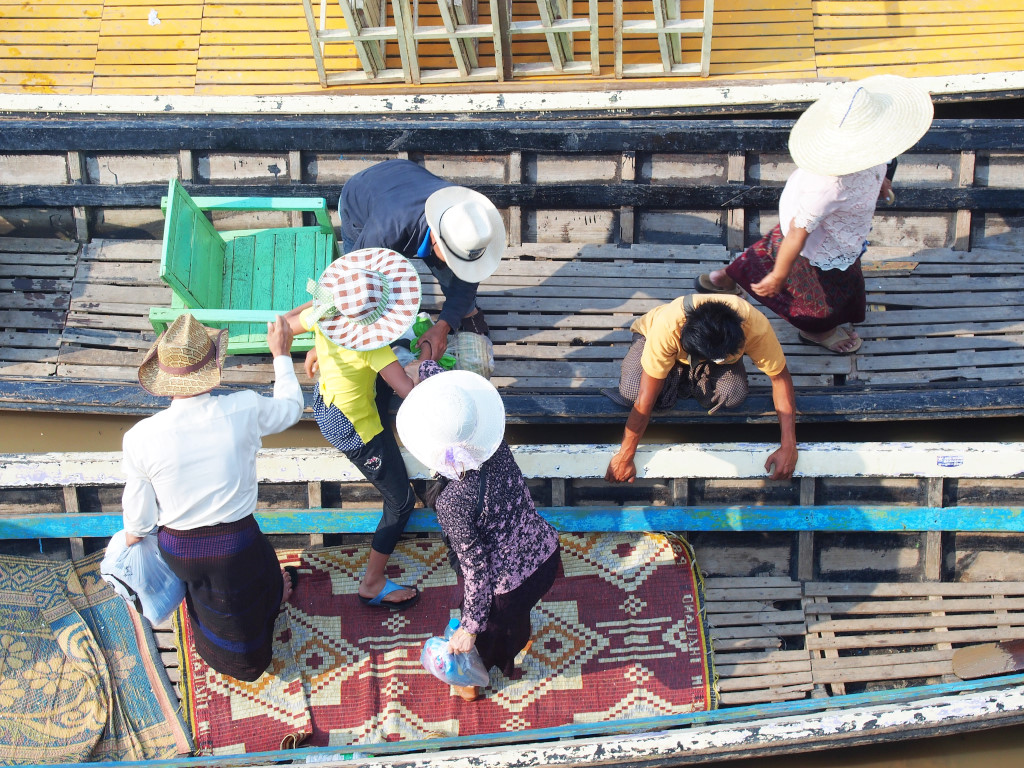
The main road crosses the canal at the Viewpoint restaurant, apparently the showcase of new Shan cuisine, offering its fine foods at astronomical prices, at least for Myanmar standards. If the clientele is there, why not …
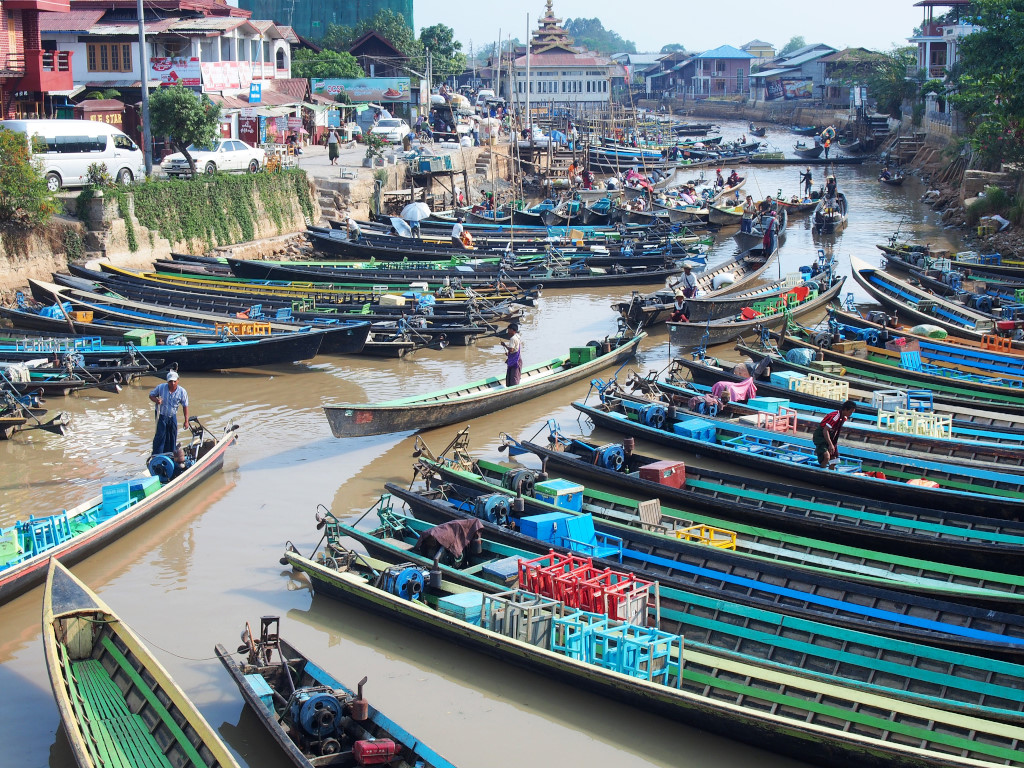
I see virtually no foreign tourists on the roads, no one but straggling locals. The tree-lined road leads through the rice paddies towards the lakeside, although I have little intention of going far, a long trip the domain of a bike trip, which I have at least several days to take in.
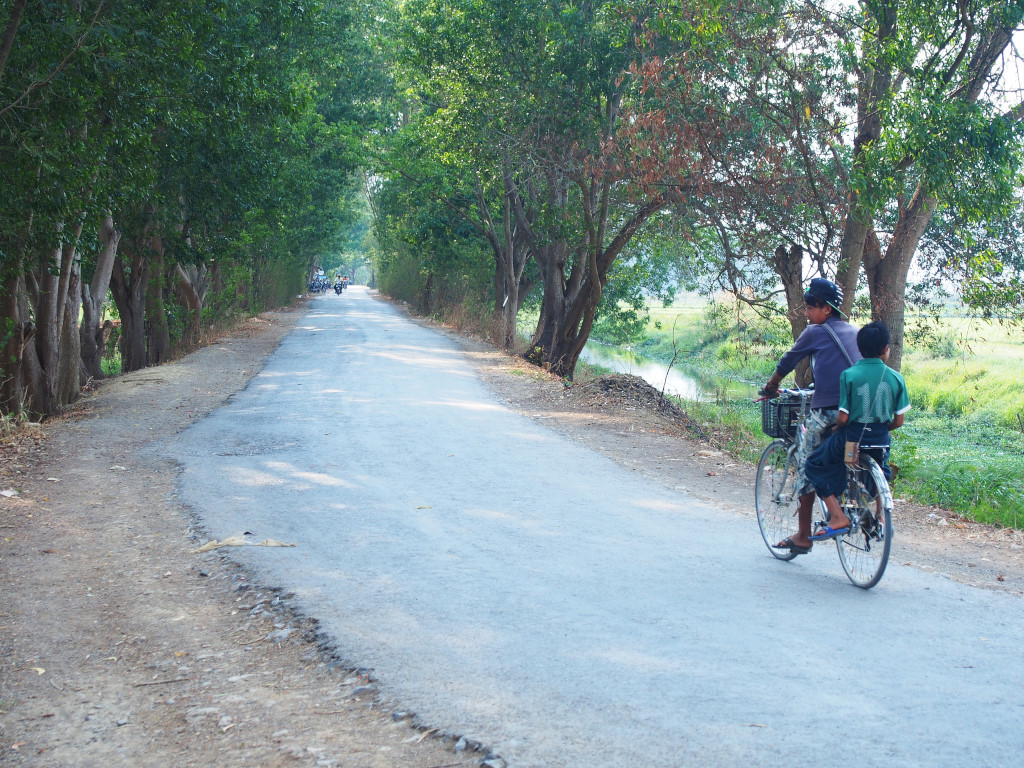
A high ridge frames the horizon, presumably far cooler climes than the hot landscape I trudge through in Nyaungshwe. A few shacks line the road, half of which seem to be small booths offering betel leaf to the local addicts, of which there are no end in the countryside of Myanmar.
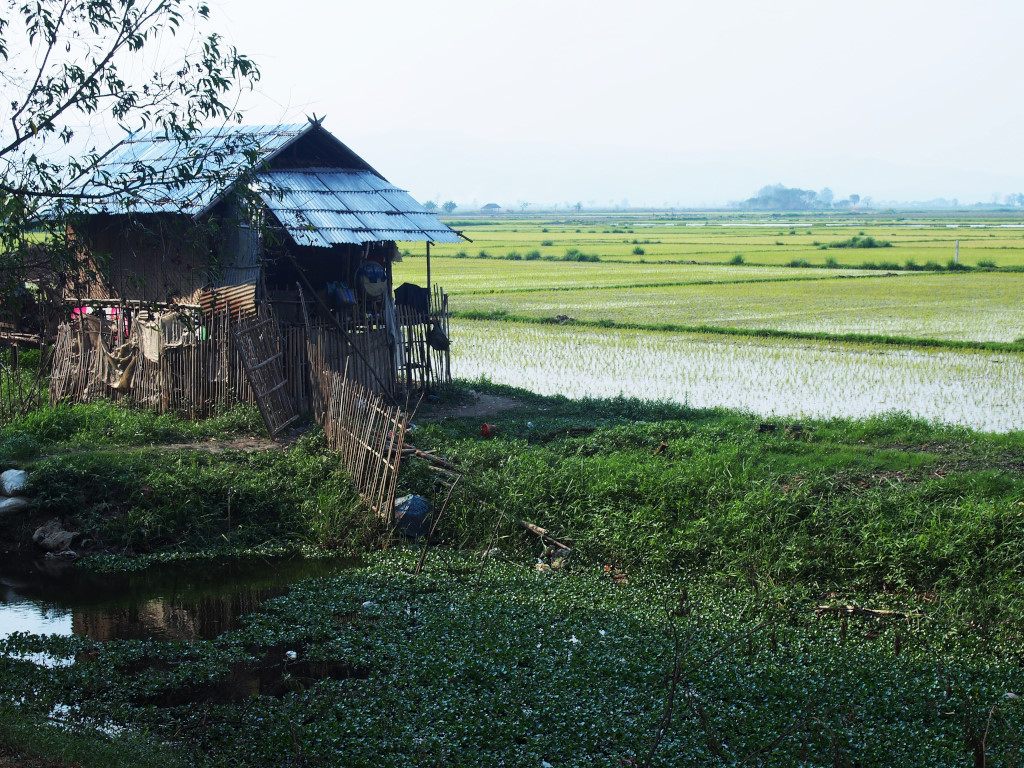
Walking back into town along Phaung Daw Side road, there is less traffic and activity, more of a country feeling, the gentrified residential bungalows and hotels alternating with impressive traditionally-styled temples, replete with the mandatory golden stupas.
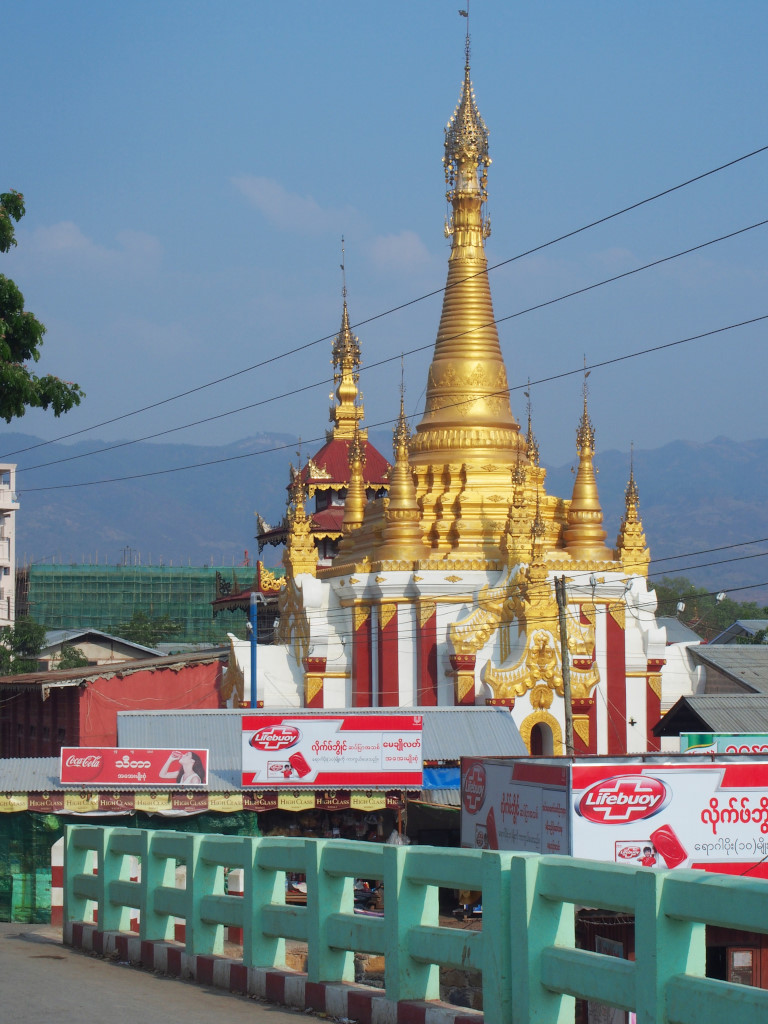
The incongruously-named Miss Nyaung Shwe restaurant seems to be a suitable place for a late brunch, although a longer wait conjures nothing more than a simple omelet, thanks to a combination of lack of electricity and enthusiasm. My paths cross with a somewhat reticent young American woman, originally from Michigan but now living in Boston, wanting to eat some basic food, even more unsure about the eatery after having conveyed their lack of electricity to her.
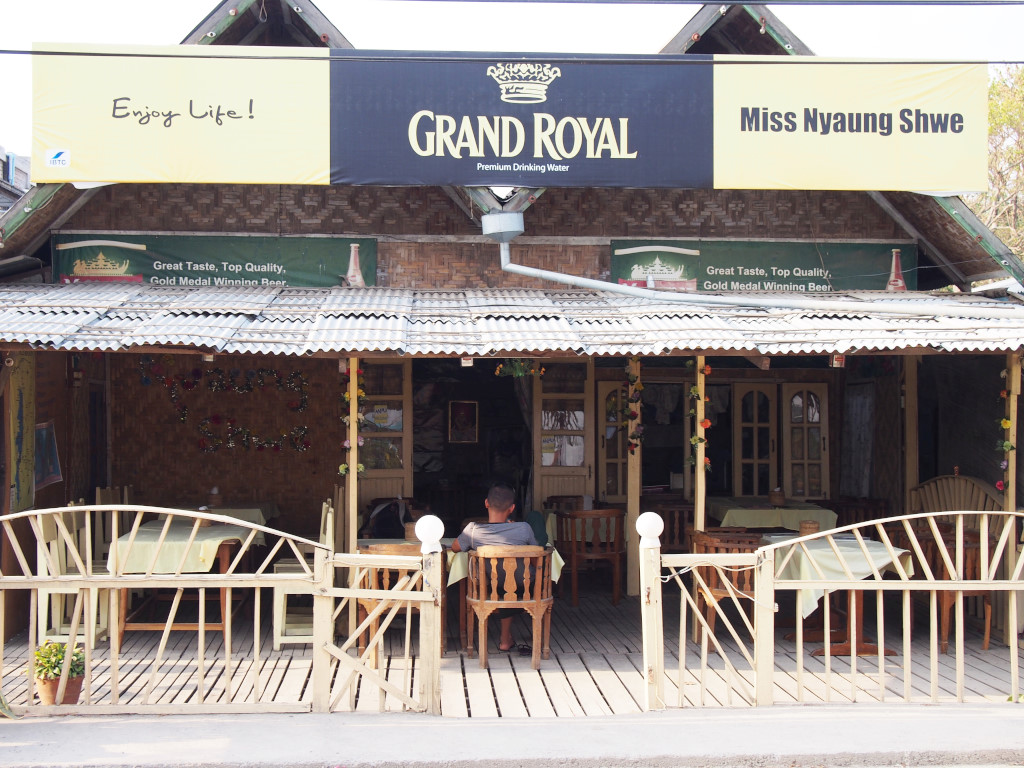
She reluctantly joins into a discussion as we walk along the road past one of the radiant monasteries, crossing paths with another young American convinced that the bicycle trips he took to either side of the lake were his equivalent of a triumphal march, far outshining any kind of redeeming qualities he could imagine about Bagan.
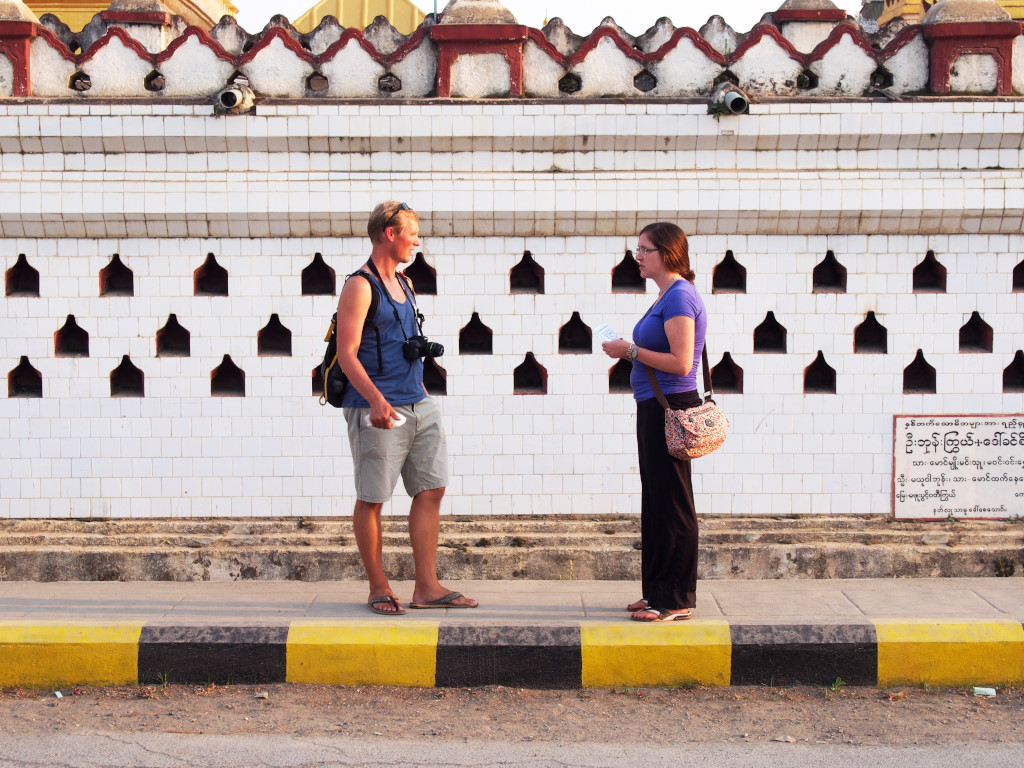
His enthusiasm may be admirable, but I am feeling a bit too shaky to not feel somewhat skeptical about his simplistic assessment of the place, the long bus trip having left me both exhausted and it now turns out sick with a flu.
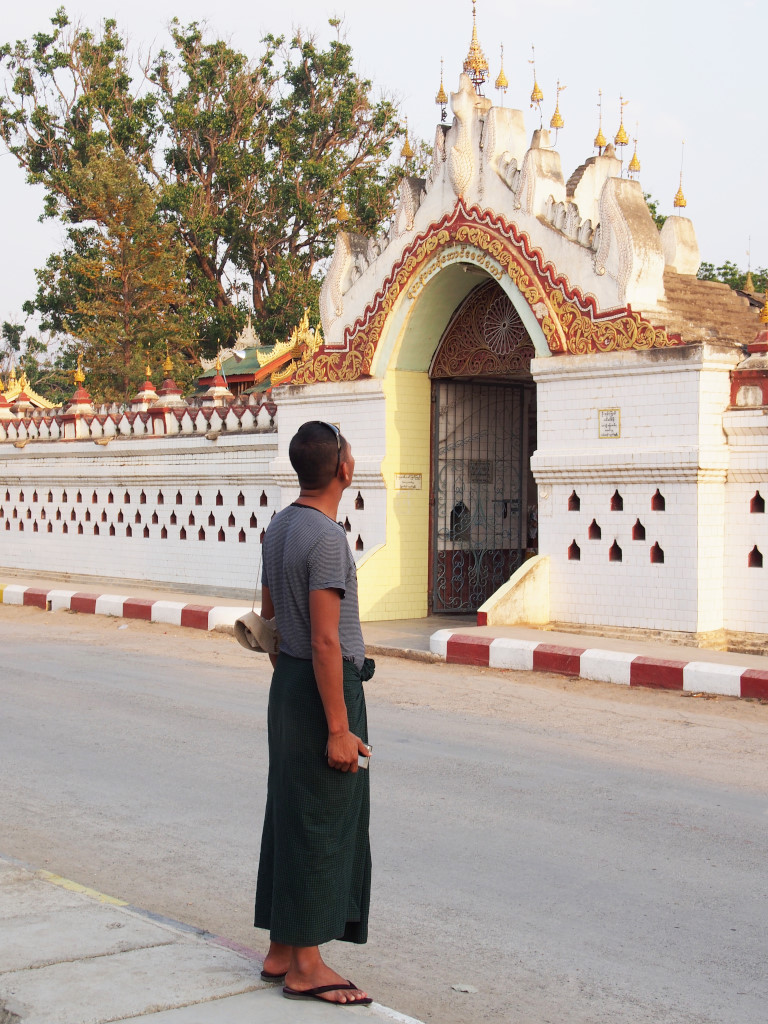
It would seem difficult to believe that the short moments I spent getting somewhat chilled could have such an effect, but then I have been so severely heat exhausted for so long. We leave him behind, and soon also Julie to her indeterminate musings, unsure as to how to conjure a shared boat trip tomorrow, all the backpackers encountered appearing to be leaving town tomorrow in anticipation of Thingyan.
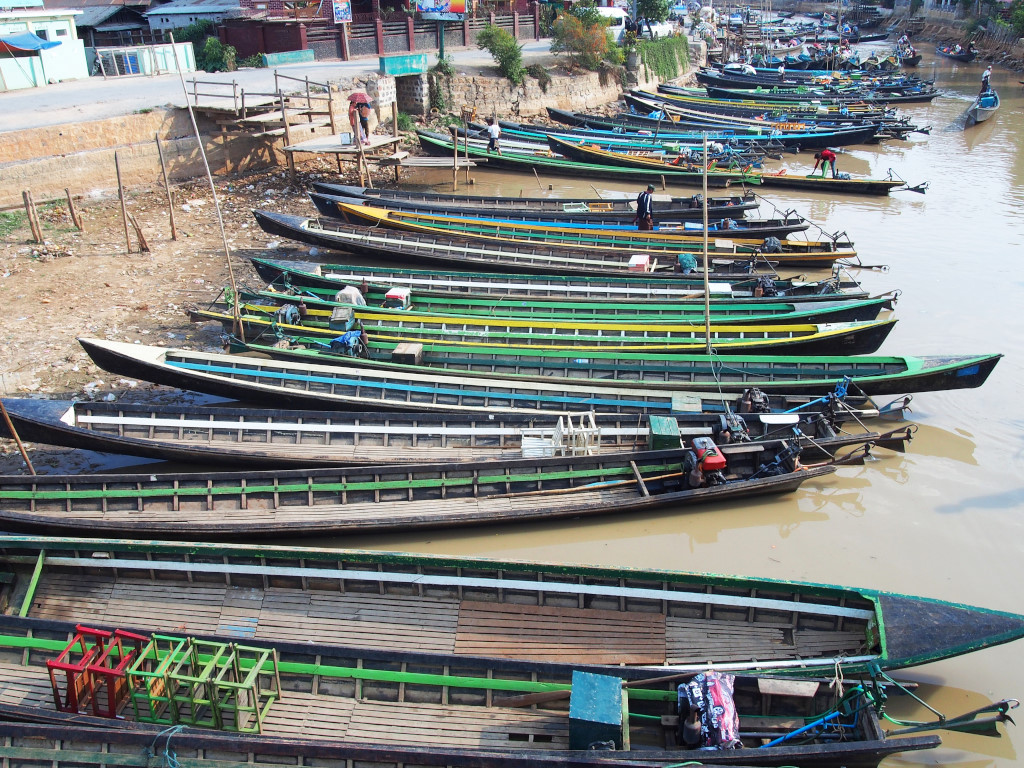
The travel agent along the main road has little encouragement to give me. Transport in the country grinds to a halt in the country for the length of the Water Festival, and the only way to travel anywhere is by plane, as there is absolutely no way of traveling by bus during the festival. Seriously?
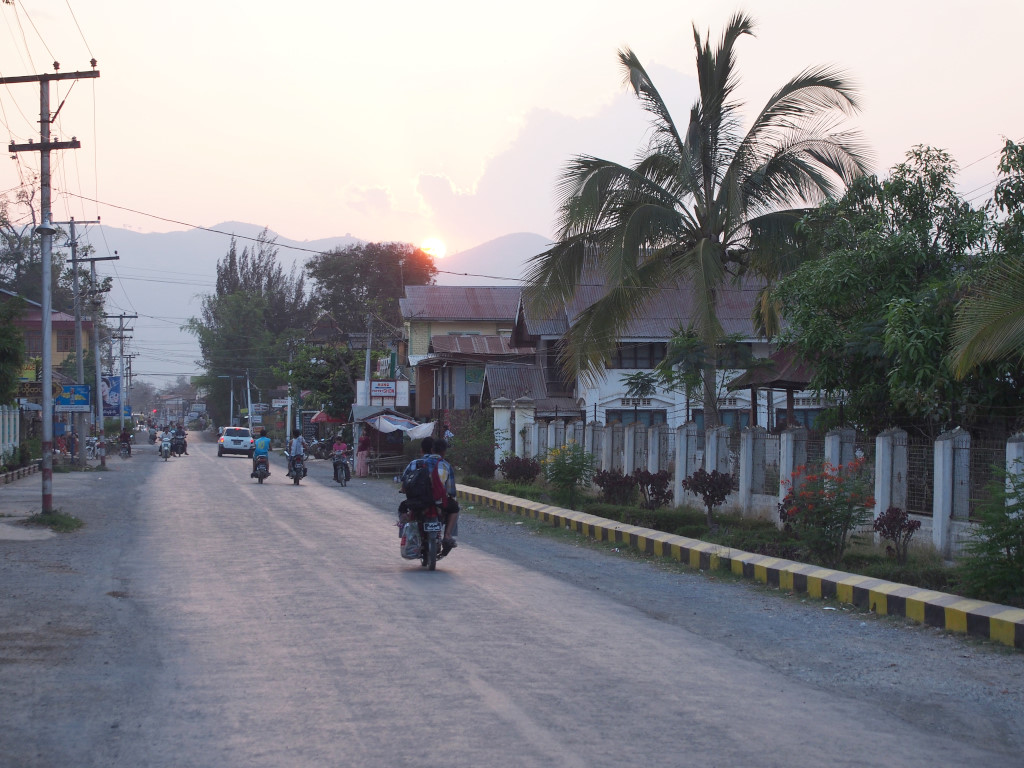
I was to have checked out of the hotel in Nyaungshwe on the 14th and headed towards Hsipaw, and now you’re telling me I am stuck here until the 18th – over a week? You rake the cash in from tourists but decide to arbitrarily shut the entire infrastructure down for four days, travel even afterwards being difficult because the demand will be overwhelming? I just can’t believe this.
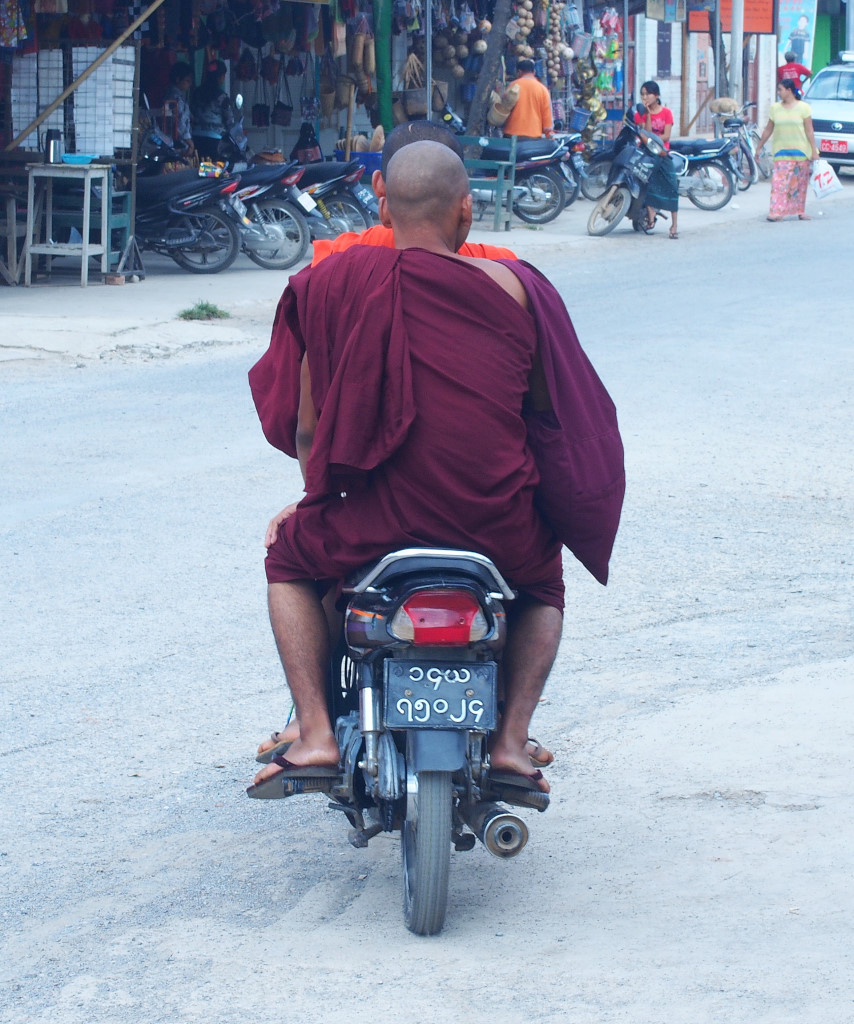
If Myanmar still cost a pittance to travel, but the country now charges big bucks – but still delivers an utterly rudimentary travel concept. This is really too much! I sit in the agency, hanging my head, beyond angry.
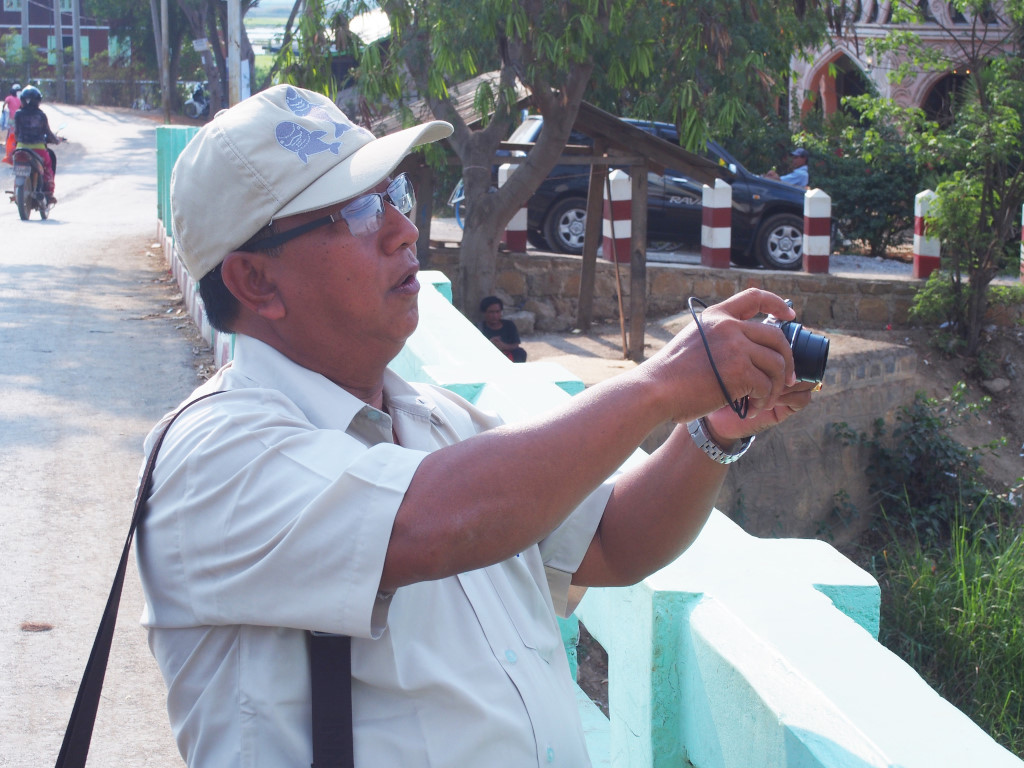
I could reconfigure my trip by flying back to Yangon, but at that point I would simply buy a new air ticket out of the country and never come back. If you could actually use the internet to organize your travel in some fashion, but irrespective of the amount you pay for a hotel, trying to rely on internet connections here is pointless.
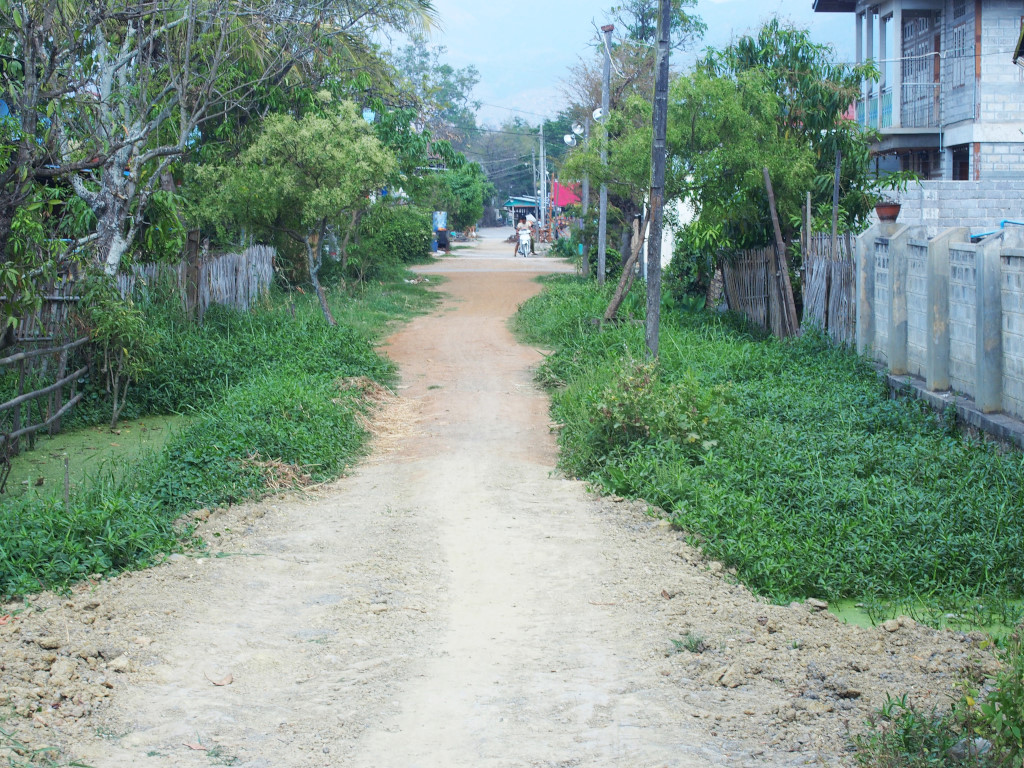
Again, if it was cheap to stay here, I wouldn’t care so much, but given that hotels in the country are almost twice as expensive as in neighboring countries, the situation is simply unacceptable. The travel agent is genuinely understanding, and could conceivably book a ticket for tomorrow, but not later. Even if I went somewhere else tomorrow, I wouldn’t have seen anything else in the Inle Lake area, and then would just be stuck in that other place.
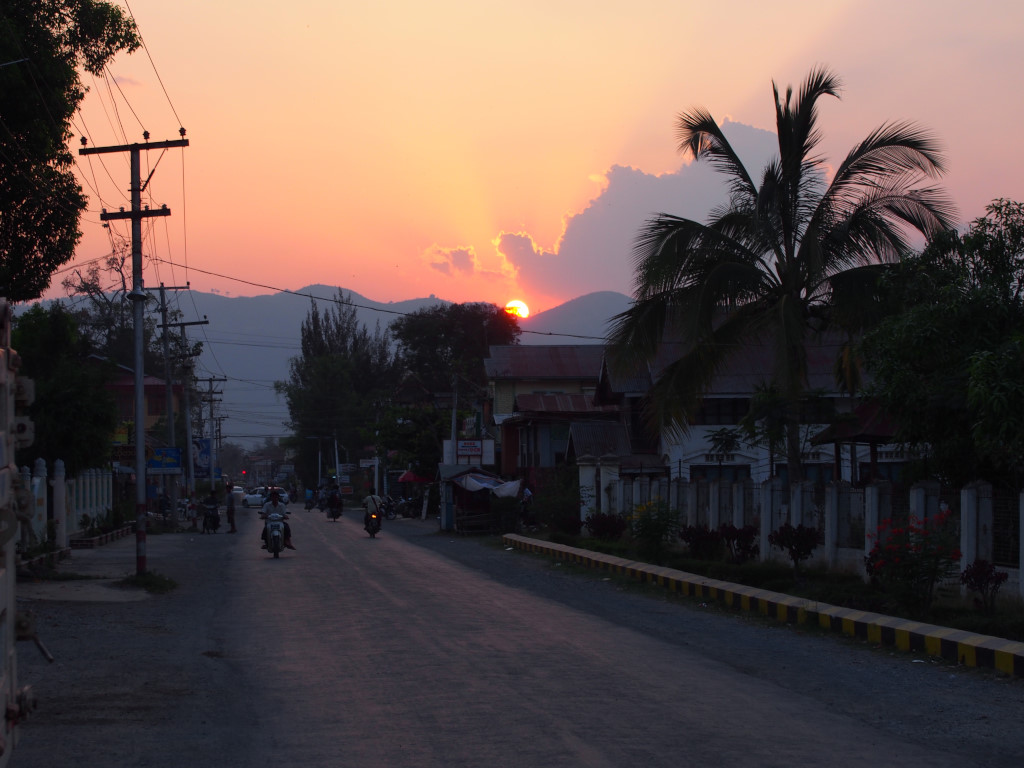
Then it is entirely unclear as to the kinds of businesses that will actually be open here. Will the hotels be open? Will the restaurants be open? Will the boat tours operate on the lake? Given that I spend my entire time interacting with the tourist infrastructure, staying in hotel upon hotel, visiting tourist information repeatedly, why did no one even think about broaching this critical information? Again, how can you possibly justify your presence on the tourist map, furthermore charging what you do if you don’t even grasp the most marginal basics of tourism?
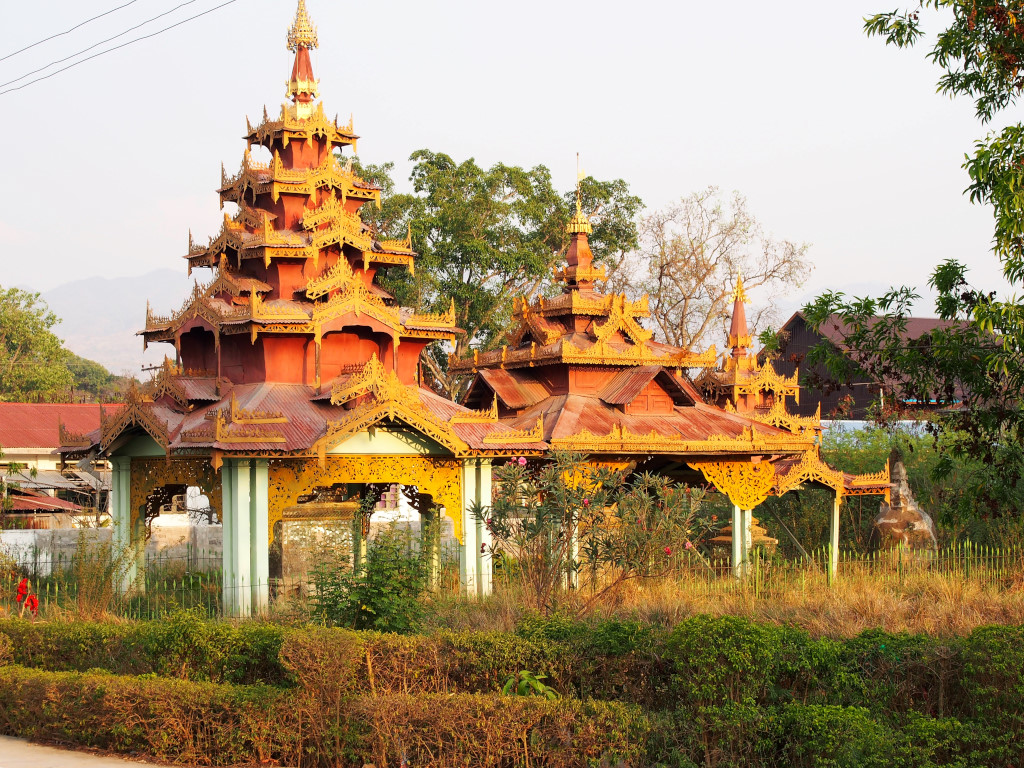
The easiest avenue would be to simply stay here, have a low-key sojourn, reduce my expectations around the last ten days in the country, think about abandoning the segment to Mrauk U altogether, concentrate on a few other towns, and focus on the last portion of my trip in Malaysia – where irrespective of religion or creed, the infrastructure actually remains up and running, and always.
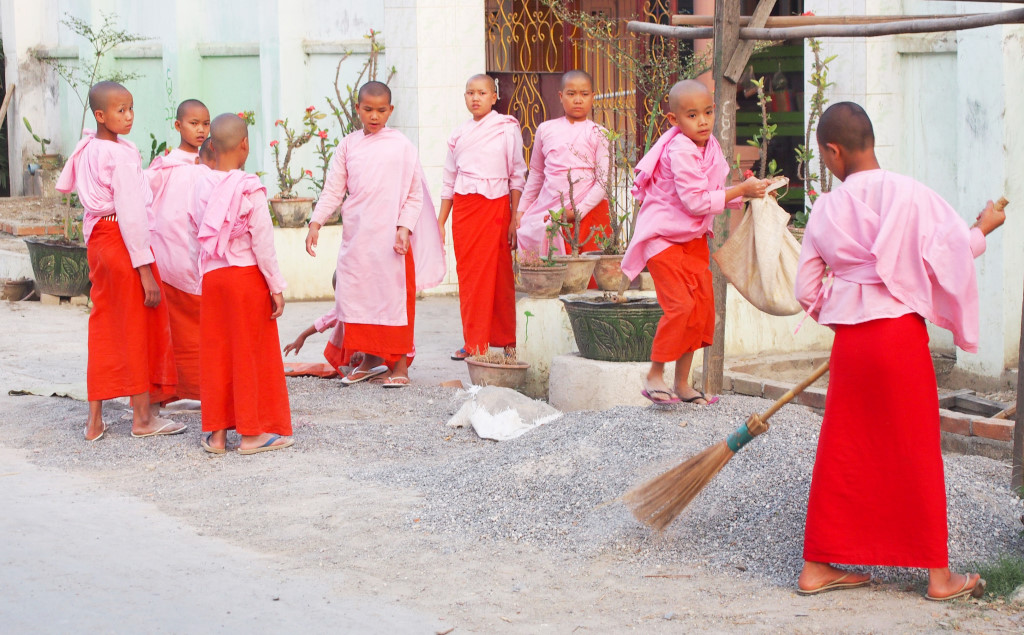
Back at the hotel, I reconsider the leg of the trip to Mrauk U, following some moderately adventurous research, realizing that the bus may pass through Pakkoku en route to Mrauk U from Mandalay, but it would make no sense whatsoever to trek all the way to Pakkoku from Nyaungshwe if you could travel directly to Magwe, where the bus takes its longest and most treacherous overland leg to Mrauk U.
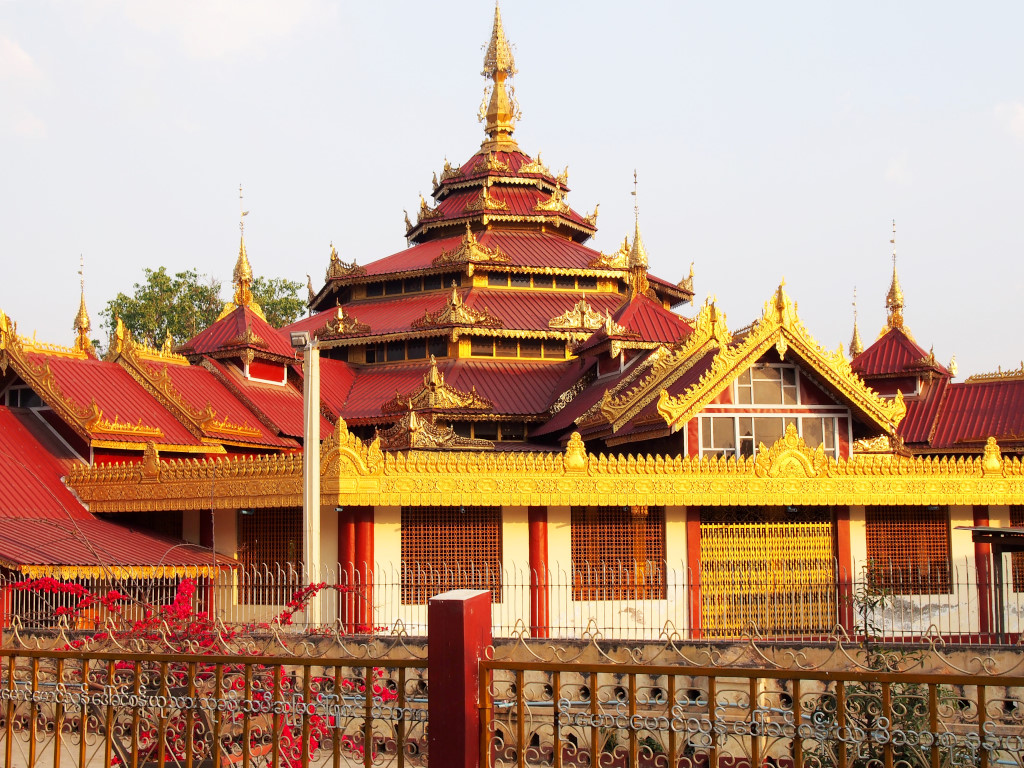
The overland trip sounds much worse even than I expected, even though it is possible. On the other hand, it would be appropriate to edit Sittwe entirely out of the trip, since it is further along the land route than Mrauk U, and apparently quite tense if not unstable, while Mrauk U and the trip all the way there is apparently at least safe.
So perhaps I could travel on land to Mrauk U from Magwe and back, then continue down to Pyay and Thandwe on the way back to Yangon. My head – and the rest of my body – hurts – and it would not be a bad idea to at least conclude the rest of the evening with a good meal. As the Lin Htett traditional Burmese restaurant is closing, one of the inviting neighboring options will have to suffice.
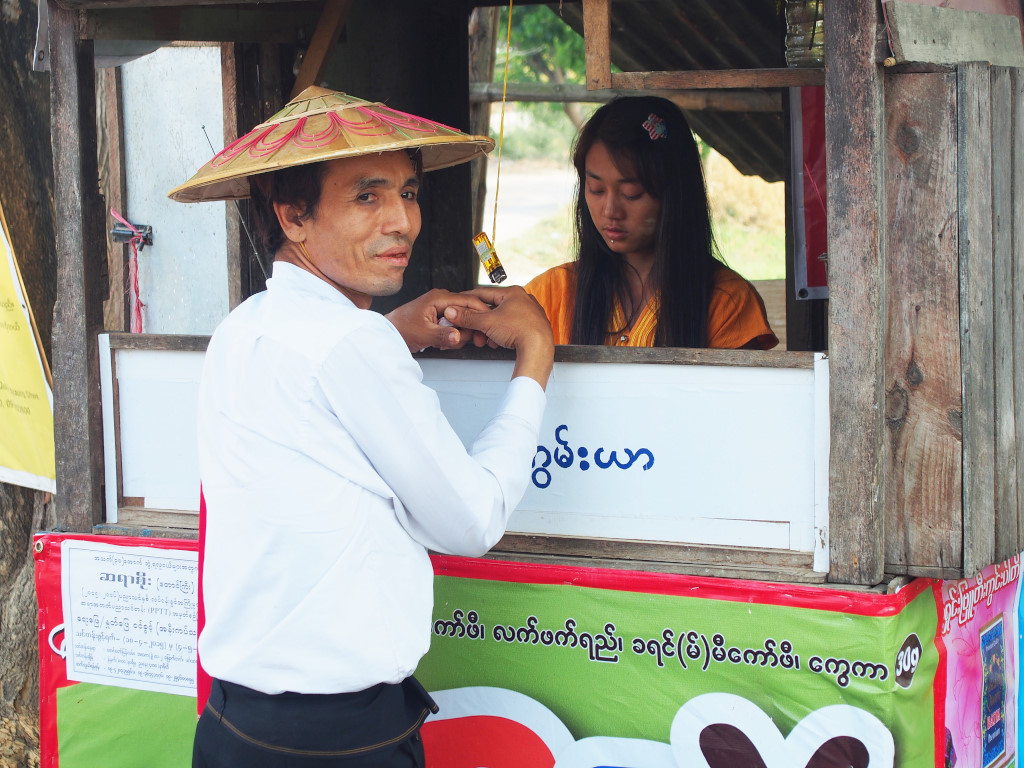
The Sin Yaw Shan restaurant across the street does everything to impress, delivering a lightly curried noodle soup amended with peanut and chick pea flour, grated cucumber combined with lemon, basil flakes with a bit of lime (exchange the lime for lemon, and basil for dill, and add cream, and you have a Slavic staple), deep fried tofu with the prototypical regional hot sauce, a touch of soy, sweetness, crushed chili and garlic, in addition to the more surprising sweetened clear vinaigrette with finely chopped dill, and last but not least, a sweet water fish soup in clear broth with touches of garlic, onion and cilantro that would make my father proud.

